Optimal Timing for Concrete Removal

Spring offers moderate temperatures ideal for concrete removal projects, reducing the risk of cracking or improper curing.
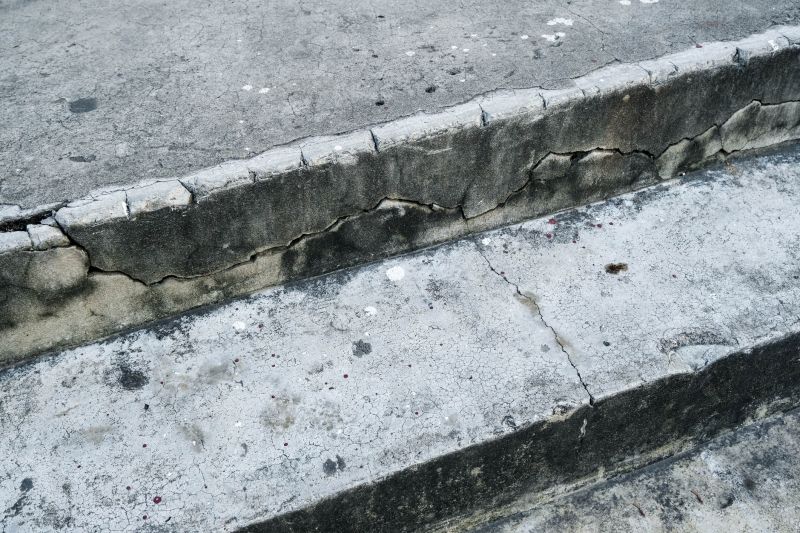
Summer provides longer daylight hours and warmer weather, but high temperatures can cause rapid drying, leading to cracking if not managed properly.

Cold weather in fall and winter can hinder concrete removal and disposal, increasing the risk of freezing and complicating the process.
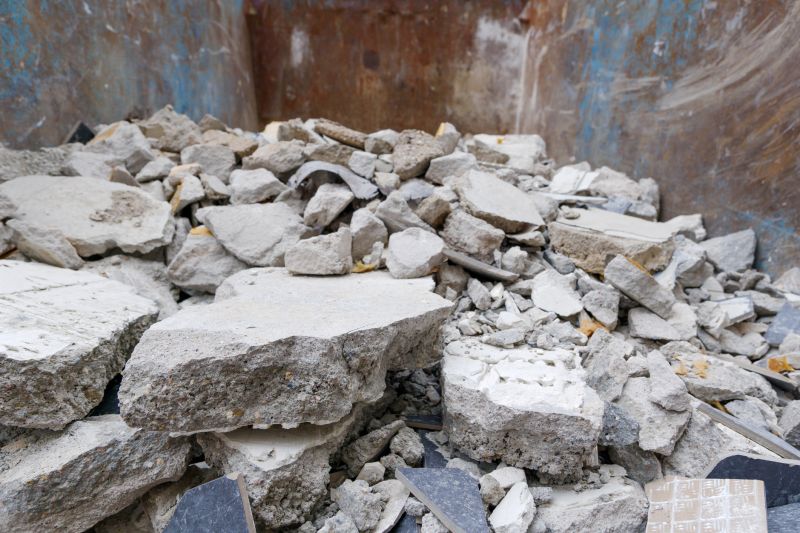
Ways to make Concrete Removals work in tight or awkward layouts.
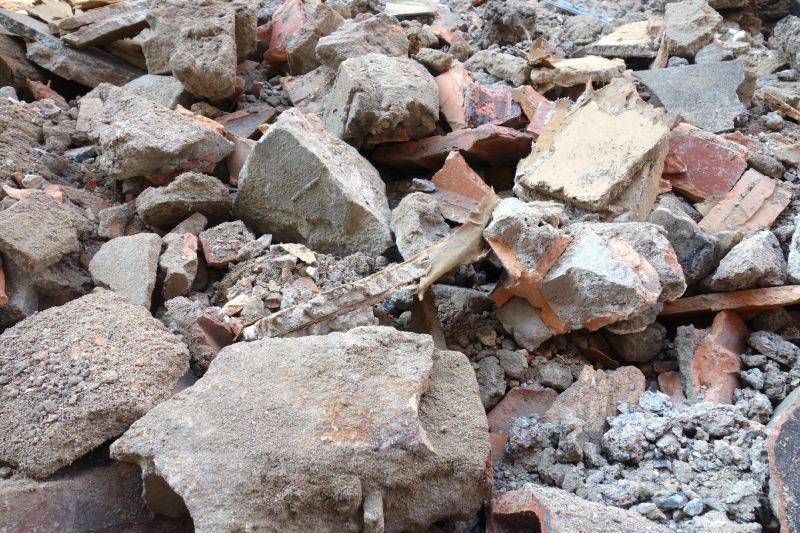
Popular materials for Concrete Removals and why they hold up over time.
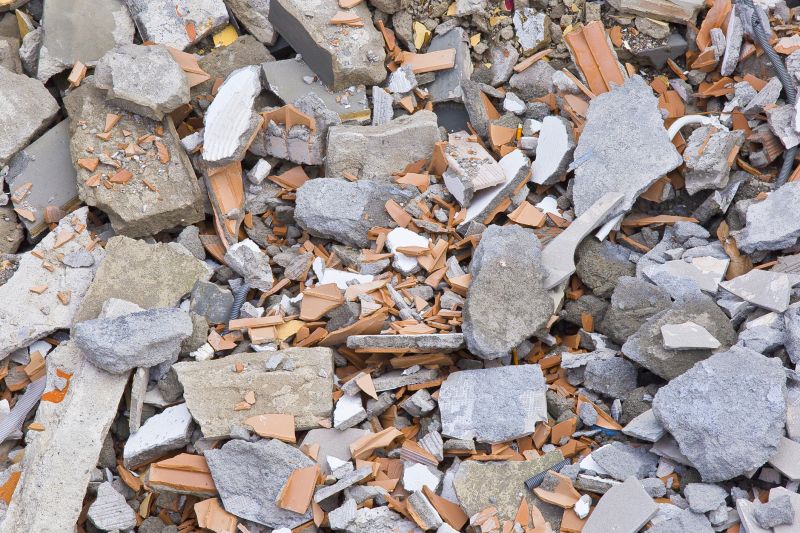
Simple add-ons that improve Concrete Removals without blowing the budget.
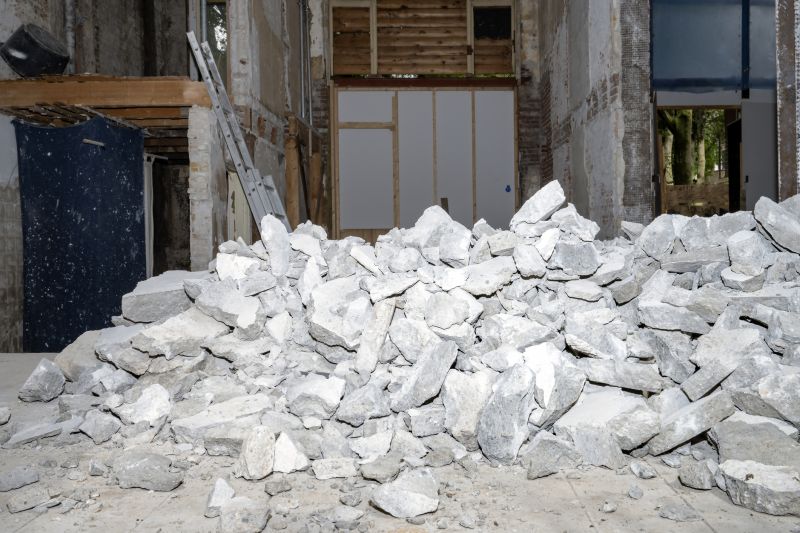
High-end options that actually feel worth it for Concrete Removals.
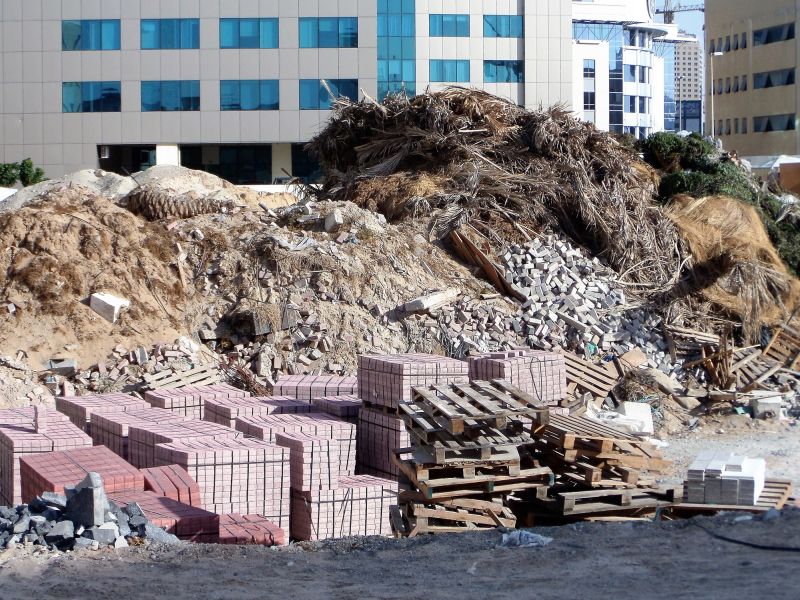
Finishes and colors that play nicely with Concrete Removals.
Concrete removals are a common part of renovation and construction projects. Timing plays a crucial role in ensuring safety, efficiency, and quality of the work. The best time for concrete removal depends on climate conditions, project scope, and specific site requirements.
Data indicates that performing concrete removals during moderate weather conditions minimizes risks associated with cracking, uneven settling, and curing issues. Proper planning around seasonal variations can lead to cost savings and reduce project delays.
Extreme temperatures can cause concrete to crack or become difficult to remove, emphasizing the importance of seasonal planning.
Temperatures between 50°F and 85°F with low humidity are generally ideal for concrete removal activities.
Spring and early fall are often preferred for concrete removal due to moderate temperatures and stable weather patterns.
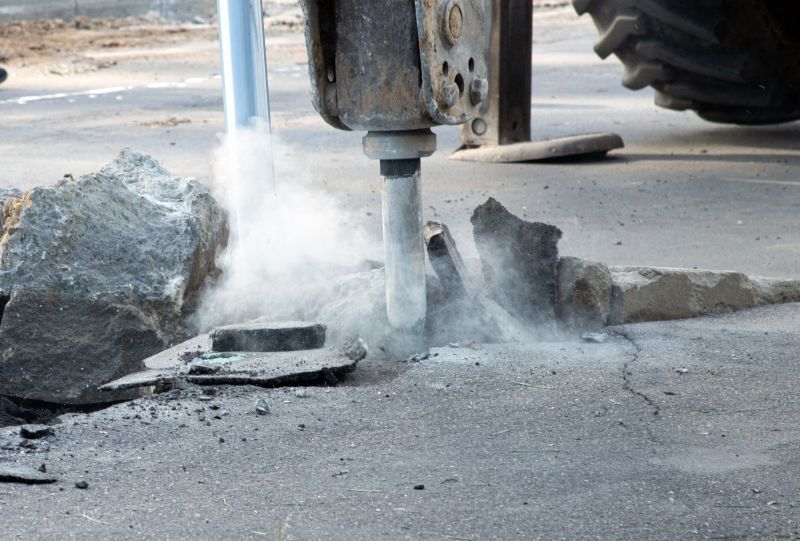
Heavy machinery and tools used for efficient concrete demolition.

Workers utilizing jackhammers and crushers to break down concrete structures.

Proper collection and transportation of concrete debris for recycling or disposal.

Preparing the site for removal activities to ensure safety and efficiency.
| Season | Optimal Conditions for Concrete Removal |
|---|---|
| Spring | Moderate temperatures, low humidity, stable weather |
| Summer | Warm weather, avoid extreme heat to prevent cracking |
| Fall | Cooler temperatures, less rain, stable conditions |
| Winter | Cold weather can hinder removal, avoid freezing conditions |
Understanding the optimal timing for concrete removal can significantly impact project outcomes. Proper scheduling ensures safety, reduces costs, and enhances the quality of the work performed.
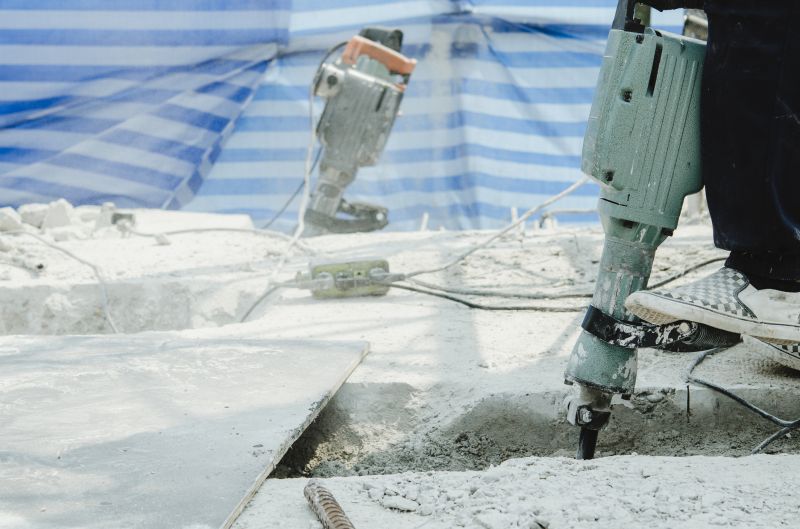
Various tools and machinery used for efficient demolition.
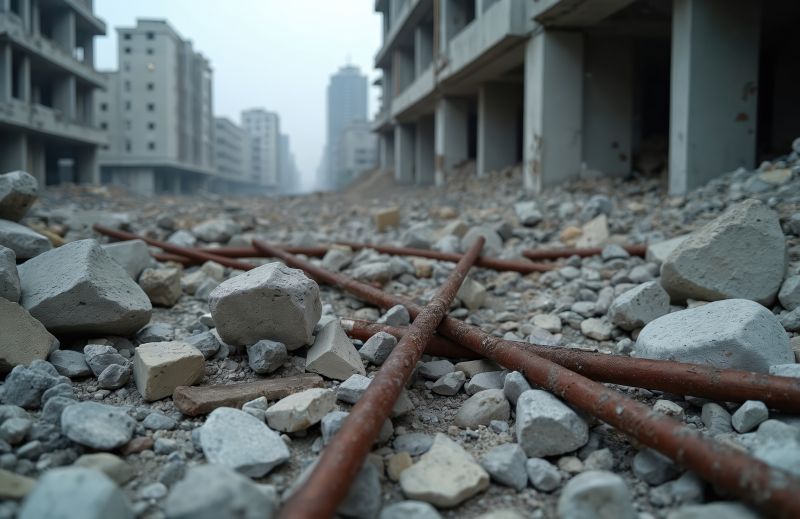
Visual comparison of a site pre- and post-removal.
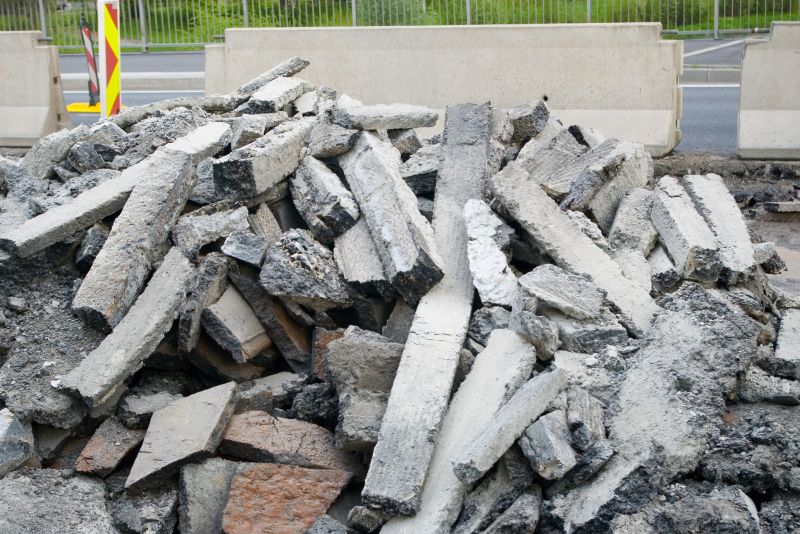
Transportation of concrete debris to recycling facilities.
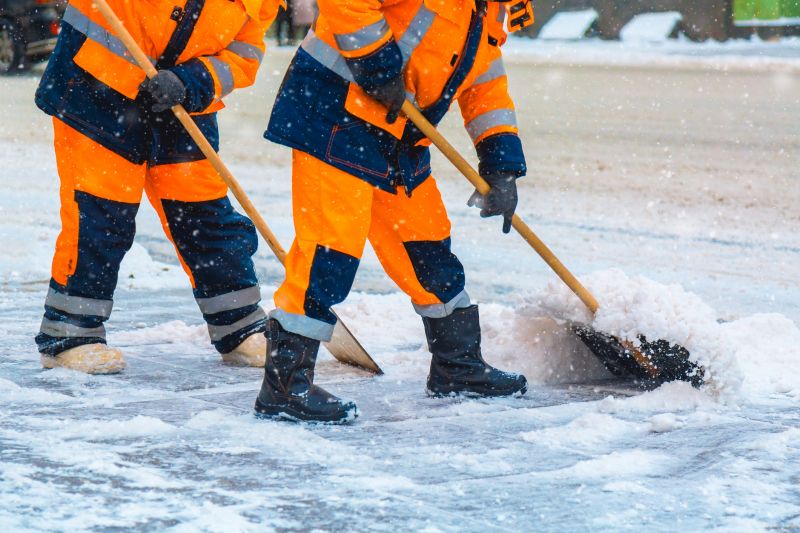
Weather impact on removal activities across seasons.
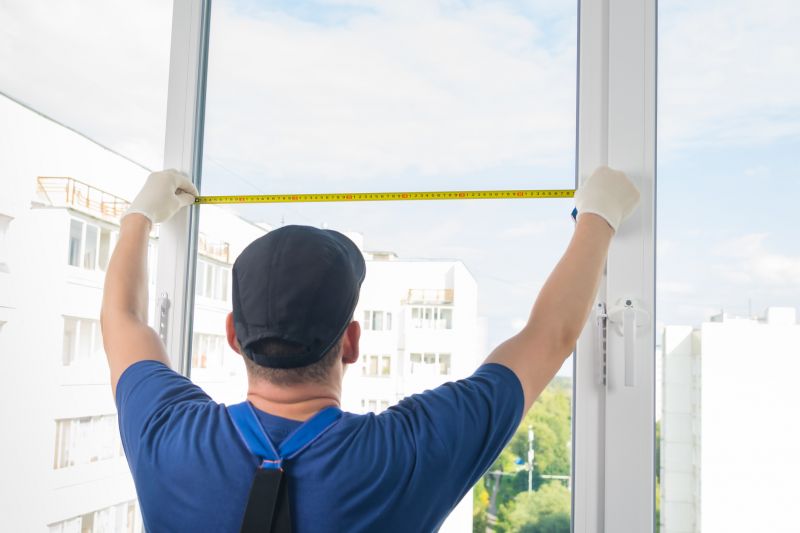
Little measurements that prevent headaches on Concrete Removals day.
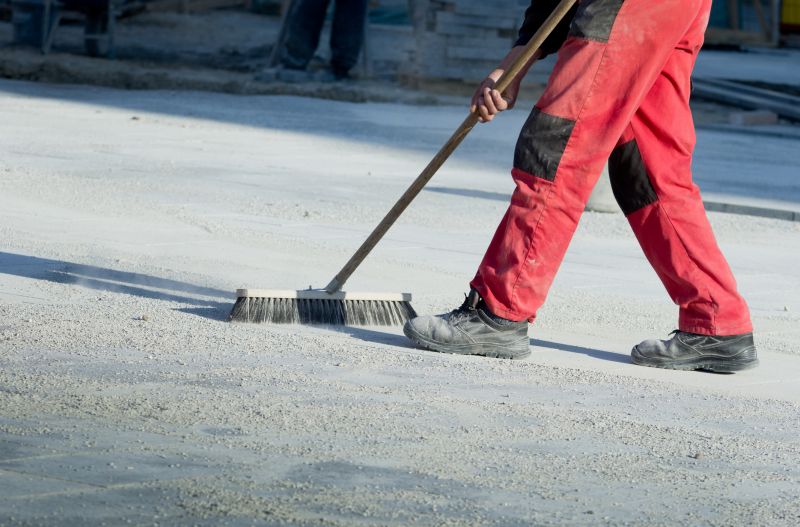
A 60-second routine that keeps Concrete Removals looking new.
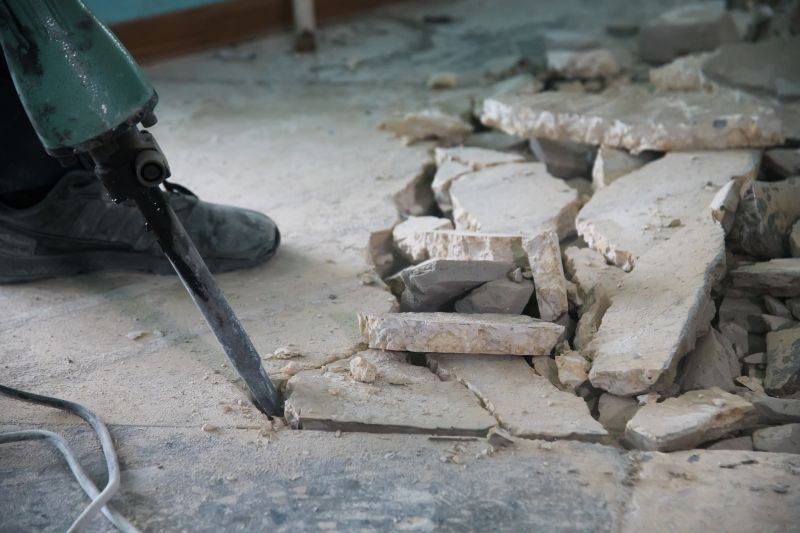
A frequent mistake in Concrete Removals and how to dodge it.

Small tweaks to make Concrete Removals safer and easier to use.
For those planning concrete removal projects, considering seasonal weather patterns and climate conditions can help optimize results. Proper timing minimizes risks and ensures a smoother process from start to finish.
Interested in scheduling a concrete removal? Filling out the contact form provides an easy way to get more information and plan your project efficiently.
